The temperature coefficient of resistance is the parameter that shows the relationship between the variation of resistance with an increase in temperature. The resistance of the metal increases linearly with an increase in the temperature.
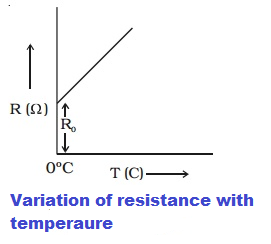
The change in the resistance value with per degree change in the temperature is called the temperature coefficient of resistance.
Symbol of Temperature Coefficient of Resistance
It is represented by a symbol 𝝰 (Alpha).

Unit of Temperature Coefficient of Resistance
The unit of temperature coefficient of resistance(α) is per °C.
Formula of Temperature Coefficient of Resistance
The resistance is R1 at temperature T1 degree centigrade and R2 at T2 degree Centigrade.

T0 is the temperature at zero-degree centigrade. The resistance at temperature ‘t’ can be given as ;
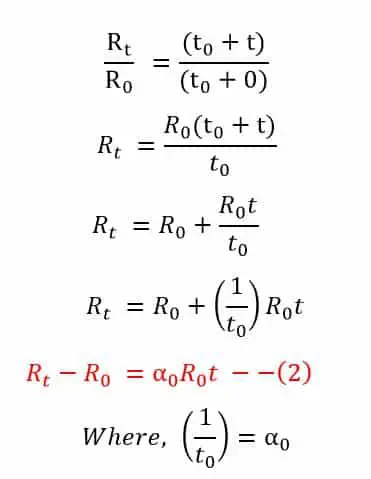
αo is called the temperature coefficient of the resistance of the material at 0°C. The formula for the temperature coefficient is given below.
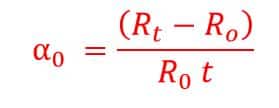
Relation between Temperature and Resistance
The resistance at temperature t can be expressed as;
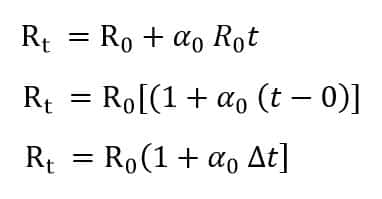
If the resistance of the material is R1 and R2 at temperatures t1 and t2 temperature.

The resistance of the material depends on the following;
1. The resistance of the substance at the initial temperature
2. The temperature coefficient of resistance-αo
3. The rise of temperature- Δt
The temperature coefficient of resistance of the substances at 20°c is as given below.
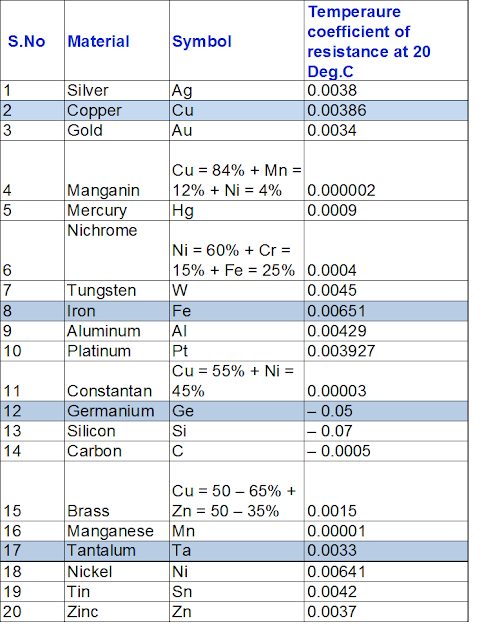
The temperature coefficient of the metals is positive, whereas the temperature coefficient of insulators and semiconductors is negative.
Why resistance of metallic substances increases with an increase in temperature?
The metals have free electrons moving randomly in the crystal structure. With an increase in temperature, the random motion of free electrons and inter-atomic vibration increase, and as a result, the collision rate between electrons inside the metal increases.
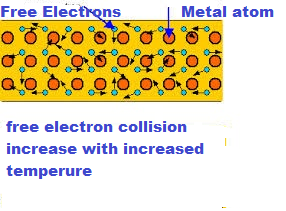
The increased collision rate impedes the flow of the electron through the metal, and thus, the resistance of the metal increases. Therefore, the temperature coefficient of the metals is positive.
Contrary to metallic substance, the resistance of the semiconductor and insulator substances decrease with an increase in temperature. The semiconductor and insulator material has a negative temperature coefficient.
Why resistance of non-metallic substances decrease with an increase in temperature?
With an increase in temperature, the heat energy in the crystal increases, and as a result, the covalent bonds start breaking and releasing more electrons in the crystal. Now, more electrons leave the valence band, pass through the forbidden gap, and reach the conduction band.
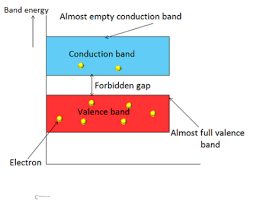
The number of free electrons reaching from the valence band to the conduction band increases with an increase in the temperature. Hence, the resistance of the non-metallic substance decreases with an increase in temperature.
Solved Problems on Temperature Coefficient of Resistance
The resistance of a bulb filament is 112Ω at a temperature of 110°C. and its resistance is 180Ω at 375 °C. Calculate its temperate coefficient.
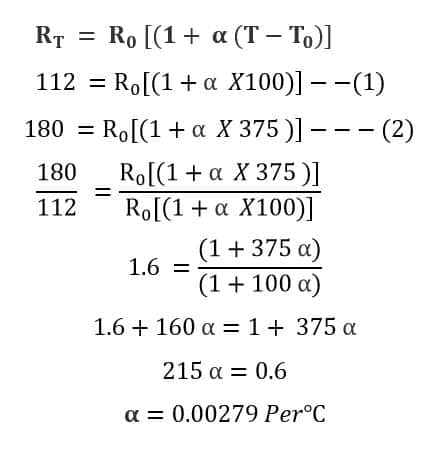
The resistance of a bulb filament is 100Ω at a temperature of 100°C. If its TCR is 0.005 per °C, its resistance will become 200Ω at a temperature of?
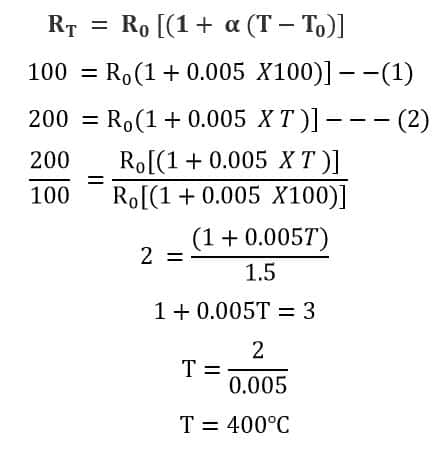
1 thought on “Temperature Coefficient of Resistance- Formula & Solved Problems”